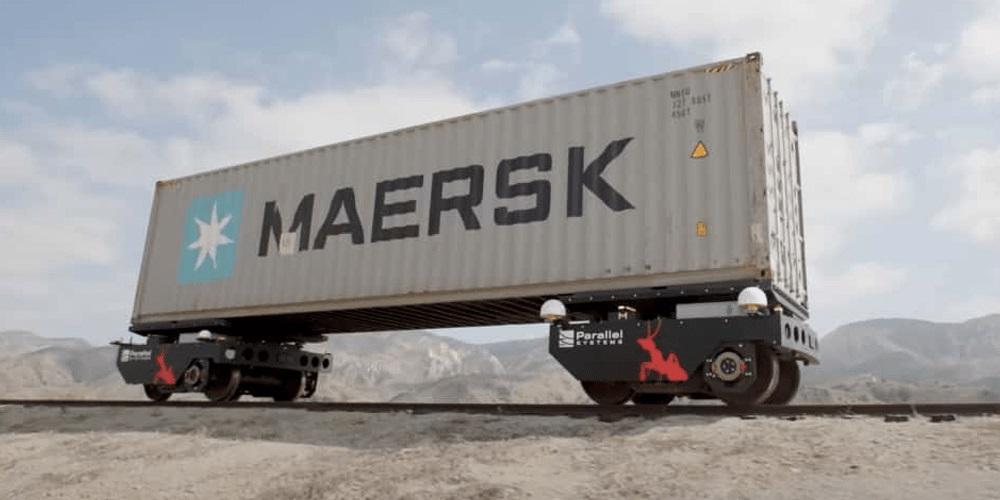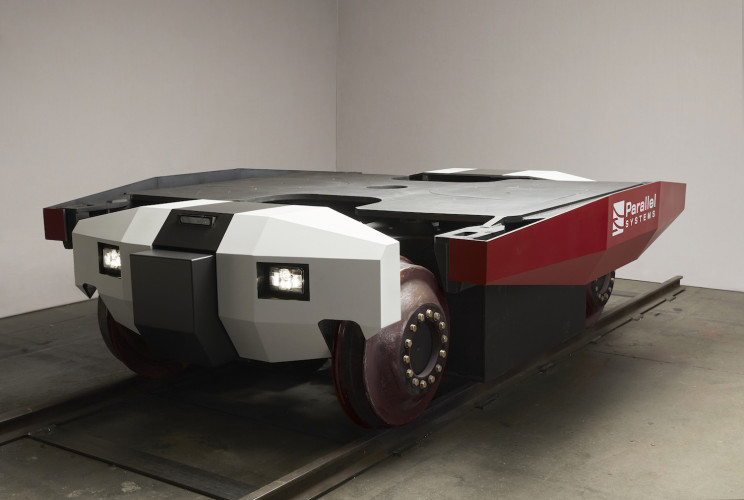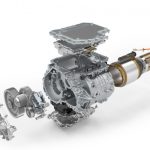
Three former SpaceX engineers launched a company to develop autonomous battery electric trains that they believe can help to improve the efficiency and emissions of railroads, a press statement reveals.
The firm, Parallel Systems, recently raised $49.55 million in Series A funds to build autonomous freight trains. The funding will go, in part, towards advanced tests for its self-driving machines.
Decarbonizing cargo transportation
Railroads are a great testbed for self-driving technologies as the constrained movement of trains means there is less possibility for something to go wrong. On top of that, the transportation sector in the U.S. is the country’s largest source of greenhouse emissions, though rail is only responsible for 2 percent of total transportation emissions. Estimates by the Association of American Railroads suggest that a shift to rail and away from road transportation could reduce emissions by up to 75 percent.
“We founded Parallel to allow railroads to open new markets, increase infrastructure utilization, and improve service to accelerate freight decarbonization,” Matt Soule, co-founder and CEO of Parallel Systems, explained. “Our business model is to give railroads the tools to convert some of the $700 billion U.S. trucking industry to rail. The Parallel system can also help alleviate the supply chain crisis by enabling low cost and regular movement of freight in and out of ports.”

Back in September, freight train manufacturer Wabtec unveiled the world’s first battery-electric locomotive, which it claimed has the power of 100 Tesla cars. However, Parallel System’s autonomous railcars are set apart by their ability to separate and go off in different directions while on the track. Each railcar is individually powered and can split off to multiple destinations without stopping by slowing down and waiting for a track switch to be activated. This extra flexibility also means that operators can load and unload single railcars at a much faster pace than would be the case with an entire freight train, which will often have to stop at a congested switching yard.
Radical railcars
Parallel System’s solution uses lighter materials and a more aerodynamic design to make it more energy-efficient than traditional freight trains. When attached, the company’s railcars push against each other to distribute the aerodynamic load.
Parallel System’s railcars use only 25 percent of the energy required for a semi truck, the company says in its press release. At the same time, a double stack container-carrying Parallel System railcar will be able to carry up to 128,000 lbs (58,000 kg) in payload capacity, which is double the haul of the average semi truck. Each railcar will also have a range of approximately 500 miles (800 km) and will be able to fully charge in only an hour.
The company also says its vehicles feature advanced sensors that can rapidly detect any obstacles on the track. This, as well as a redundant braking system that stops safely and autonomously up to 10 times faster than a traditional train, makes the company’s vehicles a safer solution. Such gains in safety and efficiency may well convince a large portion of the transportation industry to get off the roads and plant itself firmly on the tracks.

